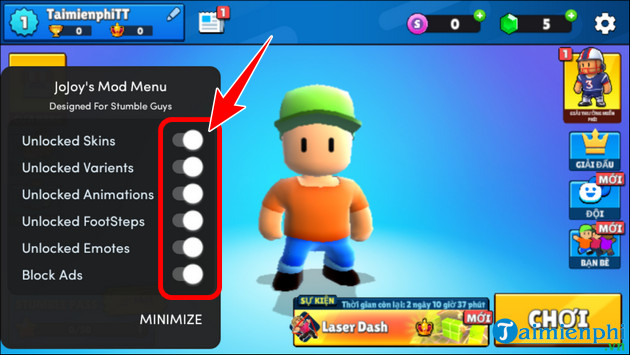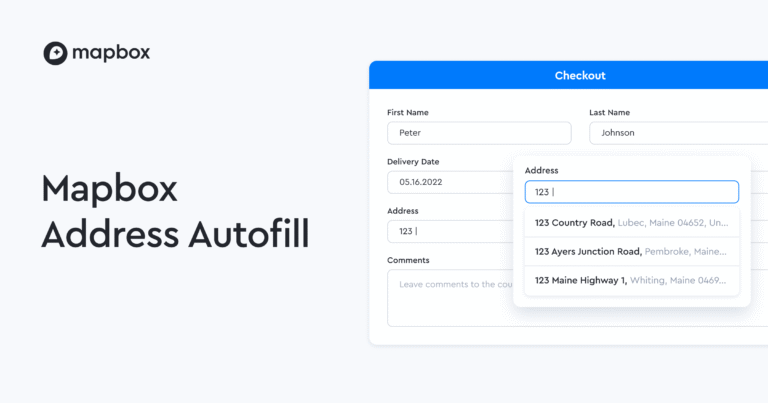
Learn to Fly Idle
When it comes to browser-based idle games, Learn to Fly Idle holds a special place in the hearts of gamers who enjoy casual yet addictive gameplay. Whether you’re someone who has followed the “Learn to Fly” series since its early days or just stumbled upon this quirky penguin-shooter game, you’re in for a treat. This game blends humor, strategy, and the ever-satisfying mechanics of idle progression into one entertaining package.
In this article, we’ll dive deep into everything you need to know about Learn to Fly Idle. From its origins and gameplay mechanics to strategies and why it’s still so beloved in the idle gaming community, you’ll find a complete overview that not only explains the game but also gives you expert-level tips to maximize your progress.
A Quick Look at the “Learn to Fly” Series
Before jumping into Learn to Fly Idle, it’s worth taking a moment to understand where it all started. The Learn to Fly series began as a simple yet funny concept: a penguin trying to prove that it can indeed fly, despite what others think. The original game was all about launching the penguin off a ramp, upgrading equipment, and seeing how far you could soar.
As the series grew, the developers added more depth, humor, and mechanics. Learn to Fly 2 introduced new items, challenges, and an even bigger emphasis on upgrades. Eventually, Learn to Fly 3 took the penguin to space with rockets and more absurd upgrades.
Learn to Fly Idle, however, changed the formula. Instead of focusing on flight and launch mechanics, it became a spinoff where the penguin takes out frustration on giant targets using cannons and weaponry. It turned into a mix of clicker game, idle upgrade simulator, and shooting gallery. This shift not only gave fans a new way to enjoy the penguin’s story but also cemented Learn to Fly Idle as a standalone classic.
What Is Learn to Fly Idle?
At its core, Learn to Fly Idle is an incremental idle game. You control a penguin armed with cannons and launchers aimed at enormous icy targets, boulders, and even unusual enemies. The main objective? Destroy these targets to earn currency, buy upgrades, and keep progressing.
Unlike its predecessors, you don’t need to focus on flight distances or physics. Instead, the gameplay is straightforward:
- Aim your weapon.
- Shoot the targets.
- Collect rewards.
- Upgrade your equipment for more power.
- Let the idle mechanics handle the rest while you sit back and watch progress happen.
The simplicity is what makes it so addictive. You can check in every few minutes, spend your currency on upgrades, and see your cannon tear through massive objects with ease. Over time, the numbers get ridiculous, and the sense of growth is incredibly rewarding.
Gameplay Mechanics: How It Works
To really master Learn to Fly Idle, it helps to understand the core mechanics behind it. While the game looks simple on the surface, there’s a satisfying layer of strategy hidden in the way upgrades and progression work.
1. The Targets
The main objects you’ll be shooting at are giant targets scattered across the frozen world. Each target has health points (HP) that must be reduced to zero before you can move on. At first, they crumble easily, but as you progress, the targets become tougher and require much stronger upgrades to destroy efficiently.
2. Weapons and Upgrades
Your penguin uses cannons or launchers to fire at targets. The real progression comes from investing in upgrades:
- Damage Upgrades – Increase how much damage each shot does.
- Fire Rate Upgrades – Make your cannon fire faster.
- Range and Auto-shoot – Allow shots to hit targets automatically, even when you’re not actively playing.
- Idle Income – Boosts your progress even while you’re away from the game.
Balancing these upgrades is the key to efficient progress. Some players prioritize raw damage, while others focus on idle mechanics for steady gains.
3. Currency System
Each destroyed target drops currency, which can then be reinvested into upgrades. As with most idle games, the further you progress, the more currency you’ll need to keep upgrading. The exponential growth system ensures that numbers get huge quickly, adding to the game’s sense of humor and absurdity.
Why Learn to Fly Idle Is So Addictive
So why has Learn to Fly Idle gained such a loyal following, even years after its release? The answer lies in its perfect balance of simplicity, humor, and progression.
The Humor Factor
The Learn to Fly series has always leaned into tongue-in-cheek humor. A penguin with cannons blasting icebergs might sound absurd, but that’s exactly what makes it fun. The lighthearted animations and silly upgrades keep players smiling while they grind away.
The Idle Loop
Idle games thrive on the “check-in, upgrade, and leave” formula. Learn to Fly Idle nails this loop perfectly. You can let your cannon shoot for hours, come back later, and find a mountain of currency waiting for you. That kind of progression feels rewarding without demanding constant attention.
The Satisfaction of Growth
Seeing your damage numbers grow from small hits to massive, screen-filling blasts is incredibly satisfying. It taps into the human brain’s love for progression and achievement. Every new upgrade feels impactful, making you want to keep going.
Strategies for Success in Learn to Fly Idle
If you’re serious about mastering Learn to Fly Idle, you’ll want to think strategically about how you invest your upgrades. While the game is designed to be casual, a few expert tips can maximize your efficiency.
1. Balance Damage and Fire Rate
Many beginners focus too much on damage alone. While it’s tempting to make each shot as powerful as possible, fire rate can be just as important. A cannon that fires twice as fast often deals more consistent damage than one that only hits hard occasionally.
2. Prioritize Idle Upgrades
Since Learn to Fly Idle is, well, an idle game, you’ll benefit greatly from investing in idle income and auto-fire upgrades. This ensures that progress happens even while you’re away from the game. For casual players, this is the best way to keep up without constantly micromanaging.
3. Don’t Neglect Range
Some targets are placed farther away, and if your range isn’t upgraded, your shots won’t reach them. Make sure to invest in range at key points to unlock new areas and progress smoothly.
4. Save for Bigger Upgrades
Sometimes it’s better to save currency for a large upgrade rather than spending constantly on small ones. The larger upgrades often give a significant power spike that makes clearing targets much faster.
Community and Lasting Appeal
Even though Learn to Fly Idle is a relatively simple game, it has fostered a community of fans who share strategies, speedruns, and upgrade paths. On forums, Reddit threads, and fan websites, players still discuss their experiences and joke about the penguin’s endless determination to destroy things.
Part of its charm comes from nostalgia. Many players discovered the Learn to Fly series as kids on Flash game websites like Kongregate or Newgrounds. Today, Learn to Fly Idle serves as a reminder of that era, keeping the spirit of Flash gaming alive even as technology evolves.
The Future of Learn to Fly Idle
While Flash support has officially ended, fans have worked hard to preserve games like Learn to Fly Idle. Through emulators, remakes, and ports, the game remains accessible to new players. Some developers and fans have even speculated about future sequels or mobile adaptations that could bring idle penguin-shooting fun to a new generation.
Given the popularity of idle games on mobile platforms, it wouldn’t be surprising if Learn to Fly Idle inspired more polished versions or spin-offs in the future. After all, the penguin still has plenty of targets left to destroy.
Why You Should Give Learn to Fly Idle a Try
If you’ve never played Learn to Fly Idle, it’s worth giving it a shot. It’s easy to learn, free to play in most cases, and doesn’t demand hours of constant attention. Whether you’re a student looking to pass time between classes, an office worker sneaking in a few minutes of fun, or just someone who loves idle progression, this game has something for you.
It may not be as flashy as modern mobile games, but its charm lies in its simplicity. The penguin, the cannons, the giant targets—all of it combines into a satisfying loop that keeps you coming back for more.
Conclusion
Learn to Fly Idle may not reinvent the wheel, but it doesn’t need to. It takes the core appeal of idle games—progression, upgrades, and satisfaction—and wraps it in the beloved humor of the Learn to Fly series. Whether you’re a longtime fan or a newcomer, it’s a game that’s easy to enjoy and hard to put down.





